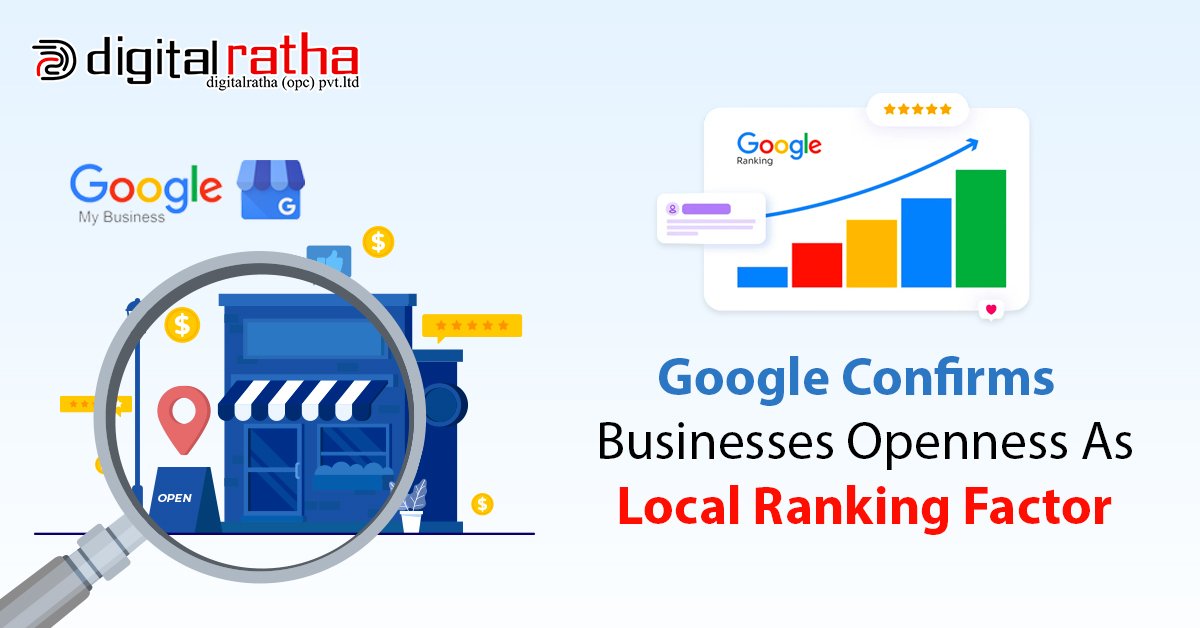LinkedIn is Leveraging Engagement Signals to Enhance User Feeds
Have you noticed any change in your LinkedIn engagement of late?
Maybe you are seeing more posts from the same people repeatedly or getting fewer notifications.
There is a reason for that. LinkedIn expert Richard Vander Blom said LinkedIn has been tweaking its algorithm and notifications of late.
The changes made by the platform might have significantly altered some aspects of the app on how it distributes posts and shows people what they are more likely to engage with.
According to Vander Blom’s most recent analysis, the LinkedIn app shows you more content from the people and Pages you engage with most of the time.
LinkedIn focuses more on hashtag engagement to highlight all the relevant topics to users.
LinkedIn has also reduced notifications for certain actions.
Posts are now seeing more reach over time, as opposed to gaining the most traction on the first day. Vander Blom says posts are getting far more traction on the second and third day after posting.
So why is this happening?
According to a new overview from LinkedIn, it has recently updated its algorithm to factor in more engagement signals. It includes how users interact with hashtags and whom they engage within the app. It also includes what they interact with and in terms of individual posts.
What more does LinkedIn say about personalizing the user feeds?
LinkedIn further says its homepage feed produces billion-record data sets over millions of sparse IDs daily.
To improve the performance and personalization of the feed, we have added the representation of sparse IDs as features to the recommendation algorithms that power these products.
It is a technical way of saying that it has added more signals into the mix, with “sparse IDs” in this context referring to hashtags, users, and posts. It is among other interactions, including Likes and shares.
Indeed, LinkedIn also says it has increased the parameters for its feed recommendation architecture by 500x.
What more LinkedIn is focusing on?
Moreover, LinkedIn is also focusing on transforming large corpus sparse ID features into embedding space. It uses embedding lookup tables with hundreds of millions of parameters trained on billions of records.
These embeddings represent high-dimensional categorical data in a lower-dimensional continuous space. It captures essential relationships and patterns within the data while reducing computational complexity.
For example, members who share preferences or often interact with the same type of content or a similar group of other members tend to have similar embeddings. It results in a smaller distance in the embedding space.
This capability enables the system to identify and recommend content. It is contextually relevant or aligns with member preferences.
Now, that’s many words. Yes, technical papers are not ideal for understanding what they practically mean for you and other users.
But essentially, you are likely seeing posts from smaller groups of people and on more focused topics because that is what you are likely to engage with most. LinkedIn’s algorithm now has more measures to predict likely engagement.
It should mean your LinkedIn feed is more interesting and aligned with your interests. It may or may not be ideal for discovery.
Because many people engage with former and current colleagues, as opposed to their current areas of interest, the weighting of hashtag engagement, for example, will be critical in this respect.
It perfectly presents a balance of people you know directly and the topics of most relevance to you right now.
But yes, you may see more of the same people than you used to in your feed.
What is the solution, then?
You have to engage with more hashtags, add comments to relevant discussions, and participate in the app. The more you interact, the more signals you send to the algorithm about your interests. It is now more attuned than ever to your specific focus subjects.
And it is doing something right. Sharing of original content on LinkedIn increased by 41% year-over-year in 2022.
Meanwhile, the platform continues to report “record levels” of engagement within the parent company, Microsoft and provides quarterly performance updates.
As more people look for an alternative to Twitter and the changes being implemented by Elon Musk, it seems that LinkedIn has been a key beneficiary.
The constant algorithm updates of the app are also driving more engagement and are bringing users back more often.
As such, focusing on key topics of interest could be the key to optimizing your LinkedIn experience.
Even from a posting perspective, it is worth underlining the value of community engagement and building on this by replying to comments, using relevant hashtags, sharing topical updates, and more.
Is there any secret code to crack the algorithm?
There is no secret code, as such, for cracking the algorithm. But LinkedIn now knows more about who is interested in your content, and it is increasingly likely to show it to them in the stream.
Do you want to know more?
Click here to learn more about the updates on LinkedIn and other social media platforms.






